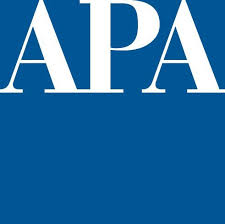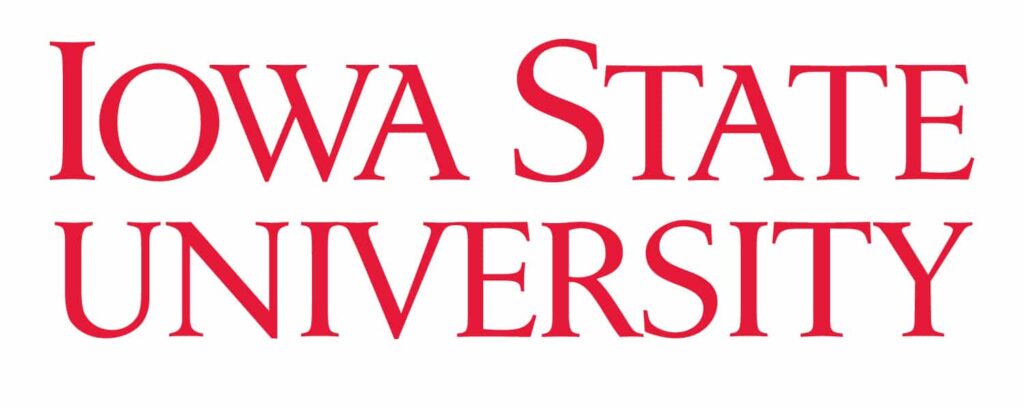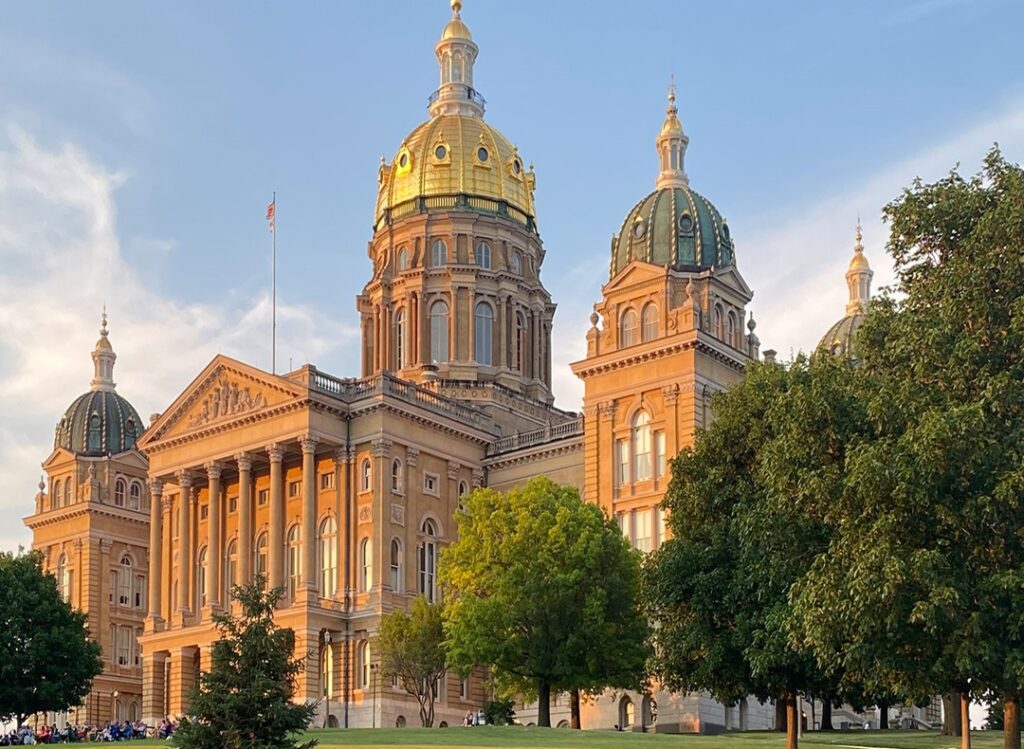DART delays bus rapid transit; here’s why

PERRY BEEMAN May 21, 2015 | 7:52 pm
4 min read time
1,066 wordsAll Latest News, Business Record Insider, TransportationThe Des Moines Area Regional Transit Authority has decided not to apply for a federal grant that was supposed to provide most of the startup cash for $25 million, train-like bus rapid transit service amid growing controversy — two weeks after its board approved the application.
The project was one of the centerpieces of DART’s long-range plan, and the subject of lobbying at the U.S. Department of Transportation during the May 10-12 trip to Washington arranged by the Greater Des Moines Partnership. But lingering questions over whether DART and its member cities can afford the new service boiled over when the Des Moines City Council on Monday failed to approve — or even to officially consider — a city letter of support DART needed as part of the application process.
The Des Moines City Council already had approved $1.5 million toward the $5 million in local cost share for the grant, but council members worried that the DART application would hurt the city’s chances to get nearly $20 million from DOT to replace bridges in downtown Des Moines.
Because DART will miss what could be the final round of the DOT grants for that particular program, it is meeting with local officials to discuss ways to pay for the project, including private grants, other DOT aid and possible property tax increases.
The opposition spread to the suburbs, too. Among the main concerns:
- DART’s ability to afford its current system, let alone the $900,000 a year to run the bus rapid transit looping along Route 60 between downtown and Ingersoll and University avenues.
- Whether Route 60 makes the most sense.
- The prospect that demand for the service doesn’t exist.
- Possible opposition from suburban taxpayers over supporting a route that would run only in Des Moines.
How did such a high-profile project, in the works for several years, run into trouble at a key moment?
Bus rapid transit is seen as a nod to the demand from millennials, and others, for better mass transit in Greater Des Moines. It would feature new buses and shelters with special branding and more frequent, faster service.
A late push by development attorney Larry James, Des Moines Social Club Executive Director Zack Mannheimer (who bent Des Moines Mayor Frank Cownie’s ear about it in D.C.) and others failed to muster adequate support for the key grant application.
Des Moines City Councilwoman Christine Hensley, who supports the project and serves on the DART commission, said questions arose among her council colleagues and their suburban counterparts over how a proposed tax increase to help pay the $5 million local match for a potential $20 million U.S. Department of Transportation grant would affect overall budgets.
“There was a level of concern from the city managers throughout the area regarding some of the funding and the tax levy,” Hensley said. “Everybody claims they support (the new bus service) but they want questions answered.”
“I said, ‘Let’s hit the pause button,’ ” Hensley added.
She expects the proposal to return to the road. “It is not dead,” Hensley said.
DART General Manager Elizabeth Presutti said DART decided to shelve the application even though the program might disappear with the Obama administration at the end of the president’s term. “It’s important that we have support from the city for the grant application, and I don’t know that it’s there,” Presutti said.
The Des Moines City Council already had approved $1.5 million toward the local match, and Polk County and local businesses had also chipped in. Presutti said there are other federal grants for which the project may qualify, and DART will continue to explore other private and public financing.
Some suburban officials had criticized the project as ill-timed given DART’s tight budget and the projected $900,000 a year operating costs for the service. Cownie said he wonders about adding an expensive new service when so many DART buses need replacing, and ridership seems low on some routes.
“As cool as it would be, it wouldn’t be better than buying 60 new buses,” Cownie said. “The council as a whole has concerns about the future of the bus organization, and the focus on bus rapid transit as an upgrade missed the needs of the citizens.”
When the DART commission voted May 5 to file the federal grant application, three members representing 13 suburbs voted in opposition.
In addition, Ankeny Mayor Gary Lorenz spoke against the application, suggesting that if DART pursues the project, Ankeny will be less cooperative in other DART work.
“I would be supportive of some other type of bus rapid transit if it came from the west side and removed traffic from the freeway. I see this route as beneficial to no one,” Lorenz said. “We are mainly checking a box in someone’s library that says Des Moines has (bus rapid transit).”
Cownie pointed out the window of his Ingersoll fur business during a noon interview this week as the current Route 60 buses passed by. One bus had a single rider. Another had no passengers. But ridership varies by the time of day, and the new service would offer new buses equipped with devices that could keep traffic lights green to speed trips.
The DART commission had approved the federal grant application, with Hensley voting in favor, and the deadline was looming in early June. But questions over the project made the prospect of collecting letters of support dicey, Hensley said.
Hensley said area city managers will meet soon to discuss how raising DART’s property tax levy would fit into overall budget plans, and to negotiate details of the project.
Part of the reason Des Moines officials began to question the project, said Hensley, is that a DOT official in Washington told them they were more likely to get $12 million than $20 million. He also hinted that while a community can submit up to three projects per round, having bus rapid transit in the applicant mix at the same time Des Moines was seeking a grant for the replacement of downtown bridges might not be wise.
The DOT program in question only expects to approve 10 percent of the 900 applications.
Hensley said plans for fancy shelters, or “stations,” may have to be scaled back.
Read previous coverage on BusinessRecord.com.











